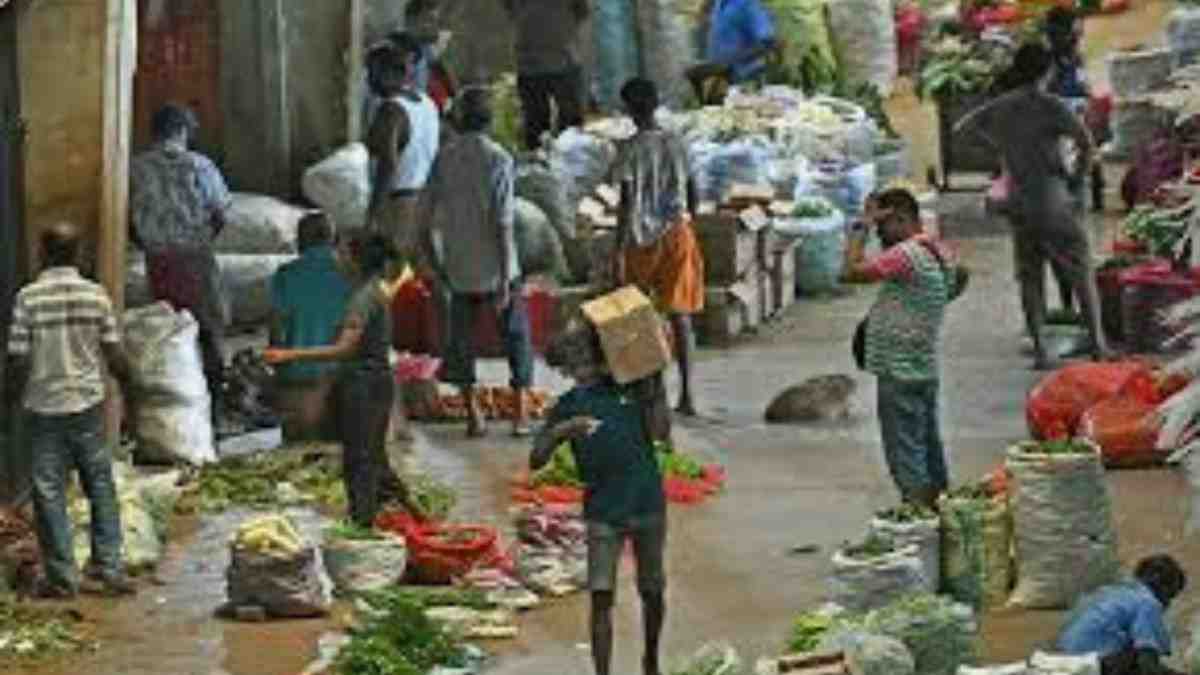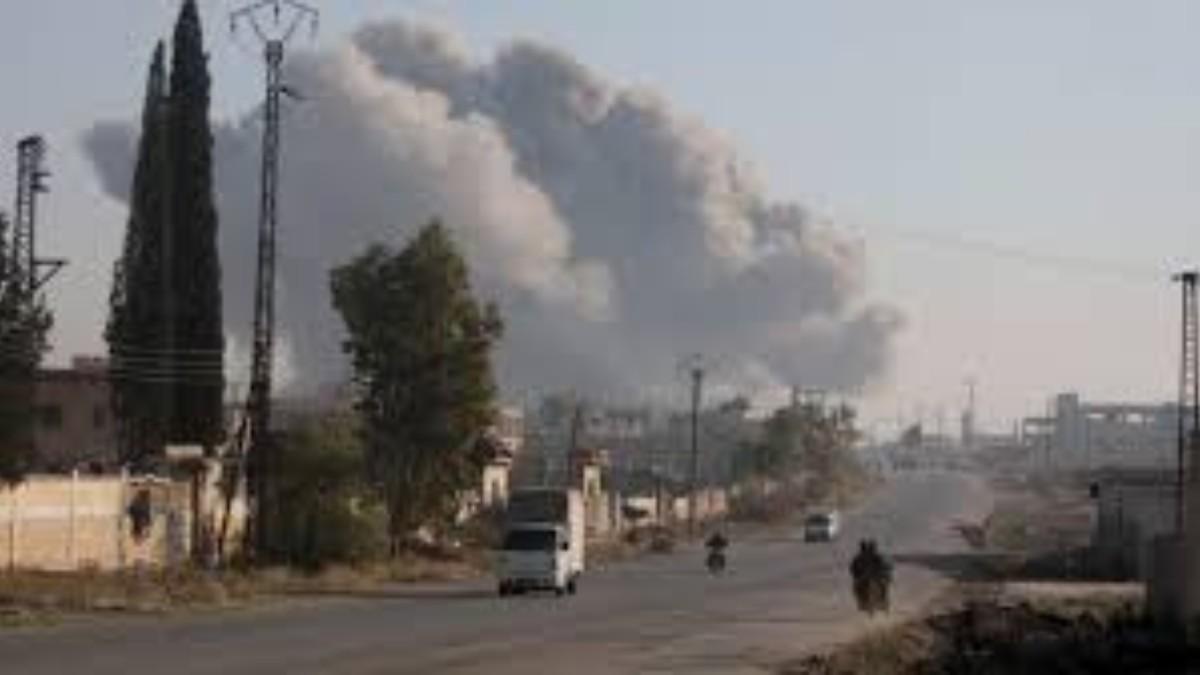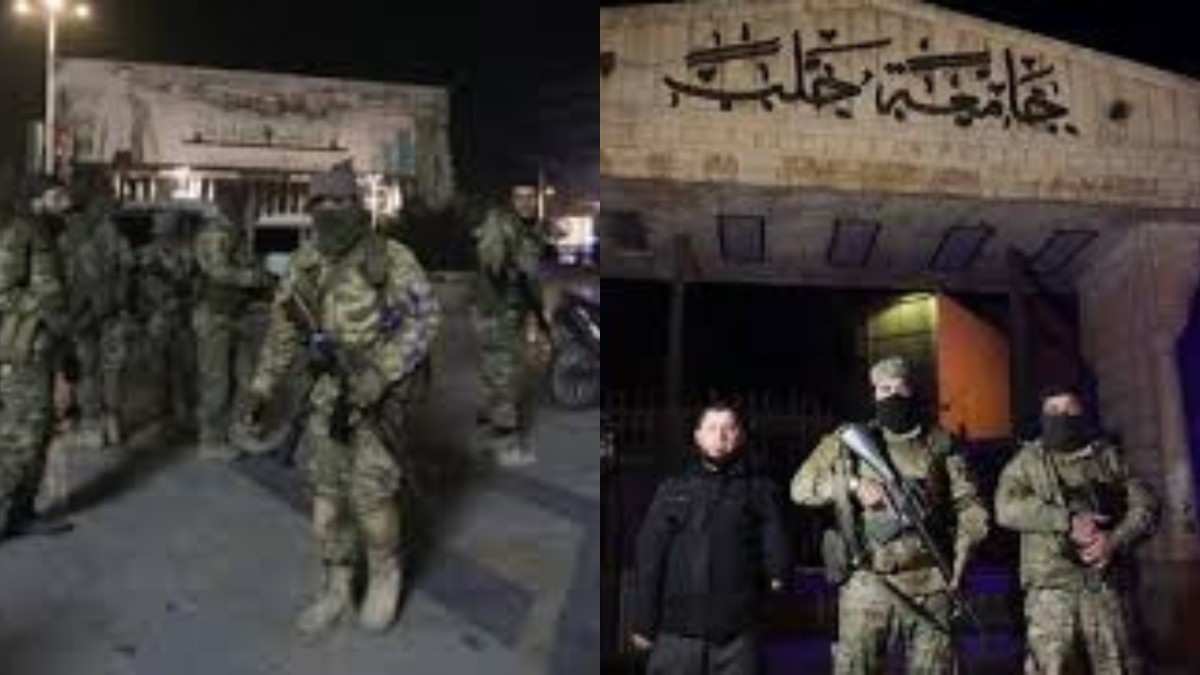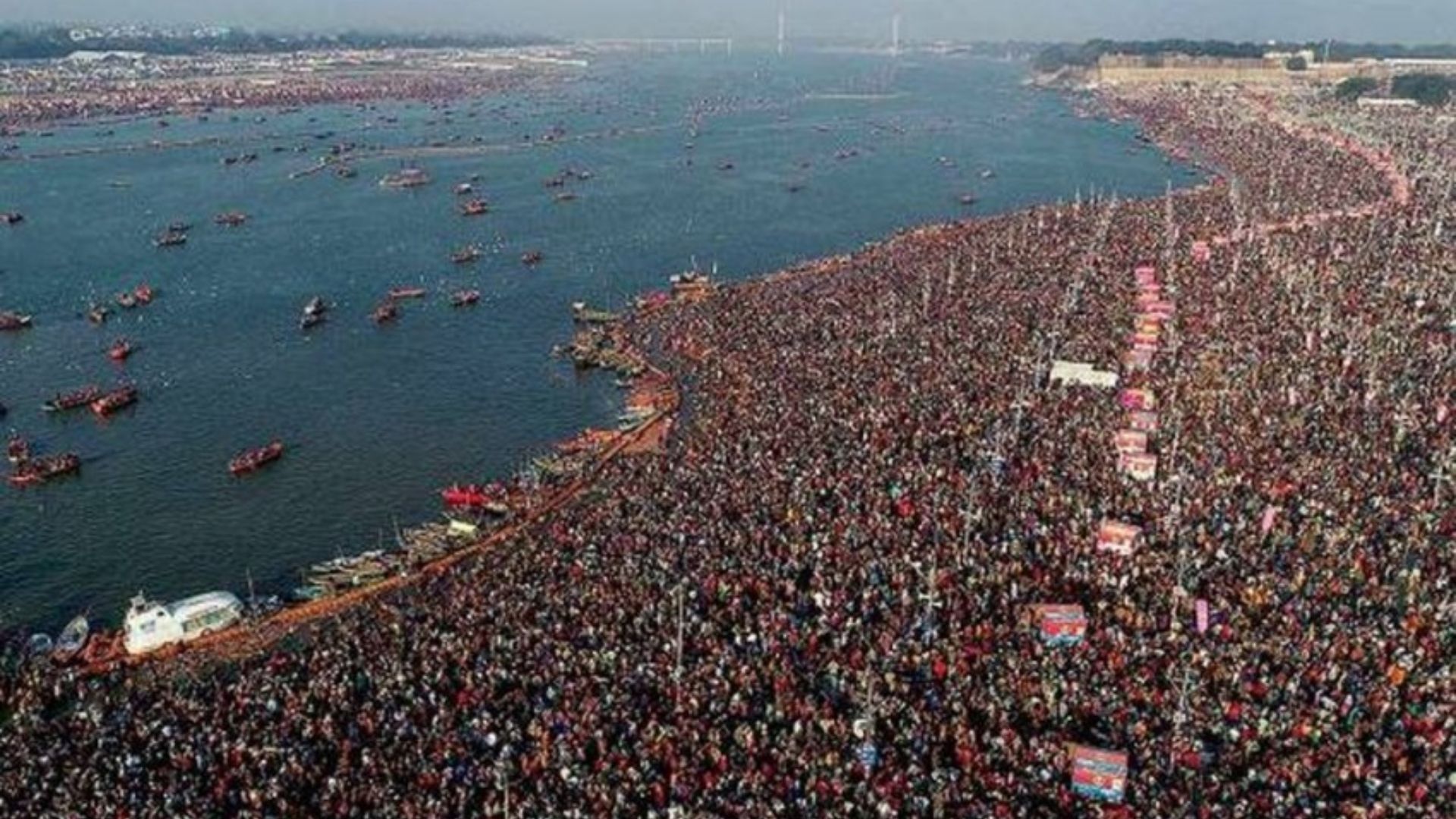
Sri Lanka’s consumer prices have declined by 2.1 percent in November, recording the highest deflation rate of the island nation in over six decades. The latest official data released on Saturday pointed to the scale of economic challenges Sri Lanka still faces after a tumultuous financial crisis in 2022.
Sri Lanka‘s economy collapsed in 2022, culminating in widespread shortages of most essential goods, inflation exceeding nearly 70 percent, and a severe decline in the country‘s economic stability. The island’s people became much worse off. The economic melt down resulted in protests and led to a change in government with international financial assistance being sought in order to stabilise the country’s economy.
Since the height of the economic turmoil, Sri Lanka has taken several crucial steps to address its financial woes. The country secured a $2.9 billion bailout loan from the International Monetary Fund (IMF), which has played a critical role in stabilising the country’s finances. Alongside this, the government has implemented tax hikes and austerity measures aimed at cutting state spending, gradually restoring some balance to the nation’s budget.
The central bank of Sri Lanka has indicated that the deflationary trend could persist in the coming months, surpassing previous projections. This prolonged deflation is largely attributed to significant reductions in energy prices and the stabilisation of volatile food prices. Despite the deflation, the central bank remains optimistic, forecasting that inflation will return to its target level of five percent in the near future.
The newly elected President Anura Kumara Dissanayake, who assumed office in September, has pledged to continue the IMF-backed reform program initiated by his predecessor. This program comprises measures such as tax increases and cut back on government expenditure in hopes of restoring long-term fiscal stability. Dissanayake‘s administration continues to face the challenge of balancing economic reforms with public support, considering the fact that many citizens remain affected by the crisis.
As Sri Lanka navigates its way out of the crisis, the country’s central bank remains cautious but hopeful about the future. While the country has seen a slight reduction in deflation in recent months — 0.8 percent in October and 0.5 percent in September — it is expected that the economy will continue to face challenges in the short term. However, the ongoing efforts, including the IMF bailout and fiscal adjustments, are seen as necessary steps in Sri Lanka’s road to recovery.















